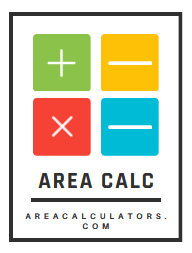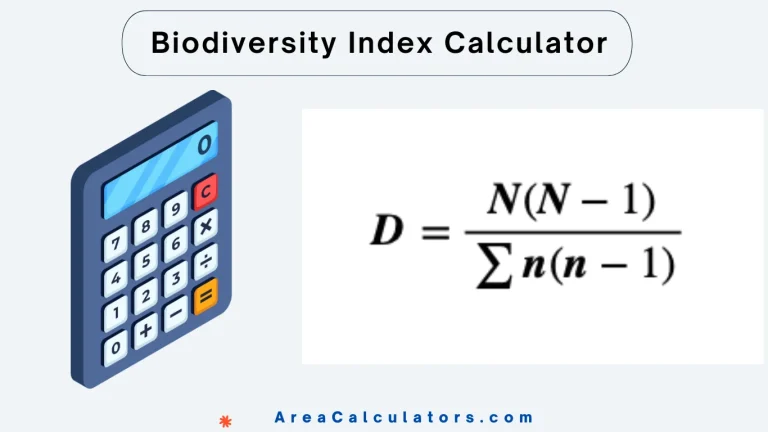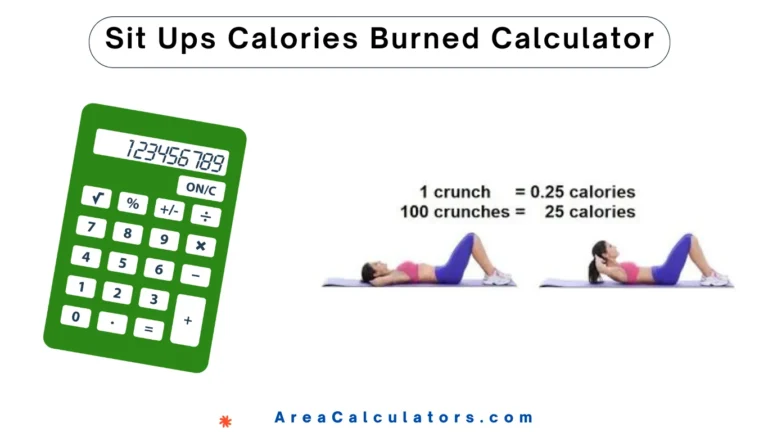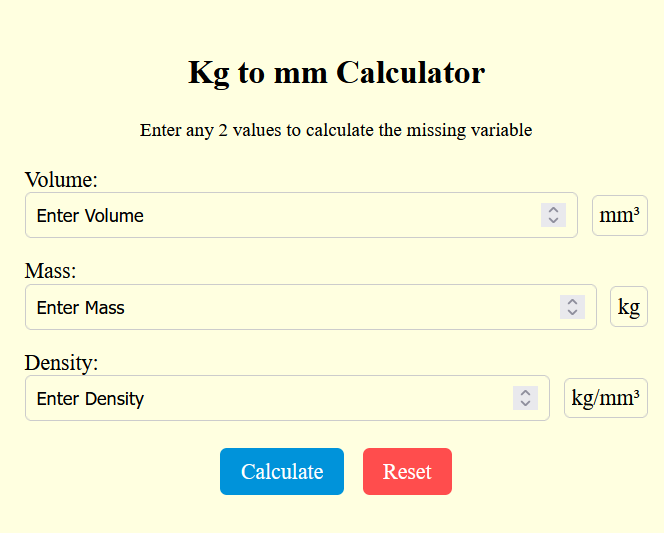To calculate, determine the forage mass available on your land, the cattle's intake rate, and the grazing window (in days). Divide the forage mass by the product of intake rate and grazing window to get the number of cattle per hectare, ensuring a balanced grazing system.
A Cattle Per Hectare Calculator helps farmers determine how many cattle can be sustained per hectare of land, using forage mass, intake rate, and grazing window. This is crucial for proper livestock management and maximizing productivity.
Formula:
Where:
| Variable | Meaning |
|---|---|
| C/H | Cattle per hectare |
| FM | Forage mass (in kilograms or pounds) |
| IR | Intake rate of cattle (in kilograms or pounds per day) |
| CW | Grazing days or cycle window (in days) |
Example Calculation:
Let’s assume you have 1000 kg of available forage mass (FM), the cattle's intake rate (IR) is 12 kg/day, and the grazing window (CW) is 30 days.
Using the formula:
| Step | Calculation |
|---|---|
| Forage mass (FM) | 1000 kg |
| Intake rate (IR) | 12 kg/day |
| Grazing window (CW) | 30 days |
| Cattle per hectare (C/H) | 2.78 cows per hectare |
Answer: You can run 2.78 cows per hectare.
What is Cattle Per Hectare Calculator ?
A cattle per hectare calculator helps farmers determine the appropriate number of cattle that can be supported on a specific amount of land. The calculation depends on factors like pasture quality, grazing method (such as rotational grazing), and climate.
For instance, if you’re wondering how many cows per hectare, the calculator can estimate how many cattle can be sustained without overgrazing. In regions like South Africa or Oklahoma, where conditions differ, this calculator adjusts the stocking rate accordingly.
For larger areas, such as 100 or 500 acres, the calculator helps determine the maximum number of cows that can be raised effectively.
For example, how many cows can fit on 10 acres or how many beef cattle per hectare can be calculated using this tool, taking into account pasture conditions and grazing practices. This ensures proper land management, supporting both the health of the livestock and the sustainability of the pasture.




![mg to ml Calculator [ Milligrams to Milliliters Convert ]](https://areacalculators.com/wp-content/uploads/2024/10/mg-to-ml-Calculator-768x432.webp)

